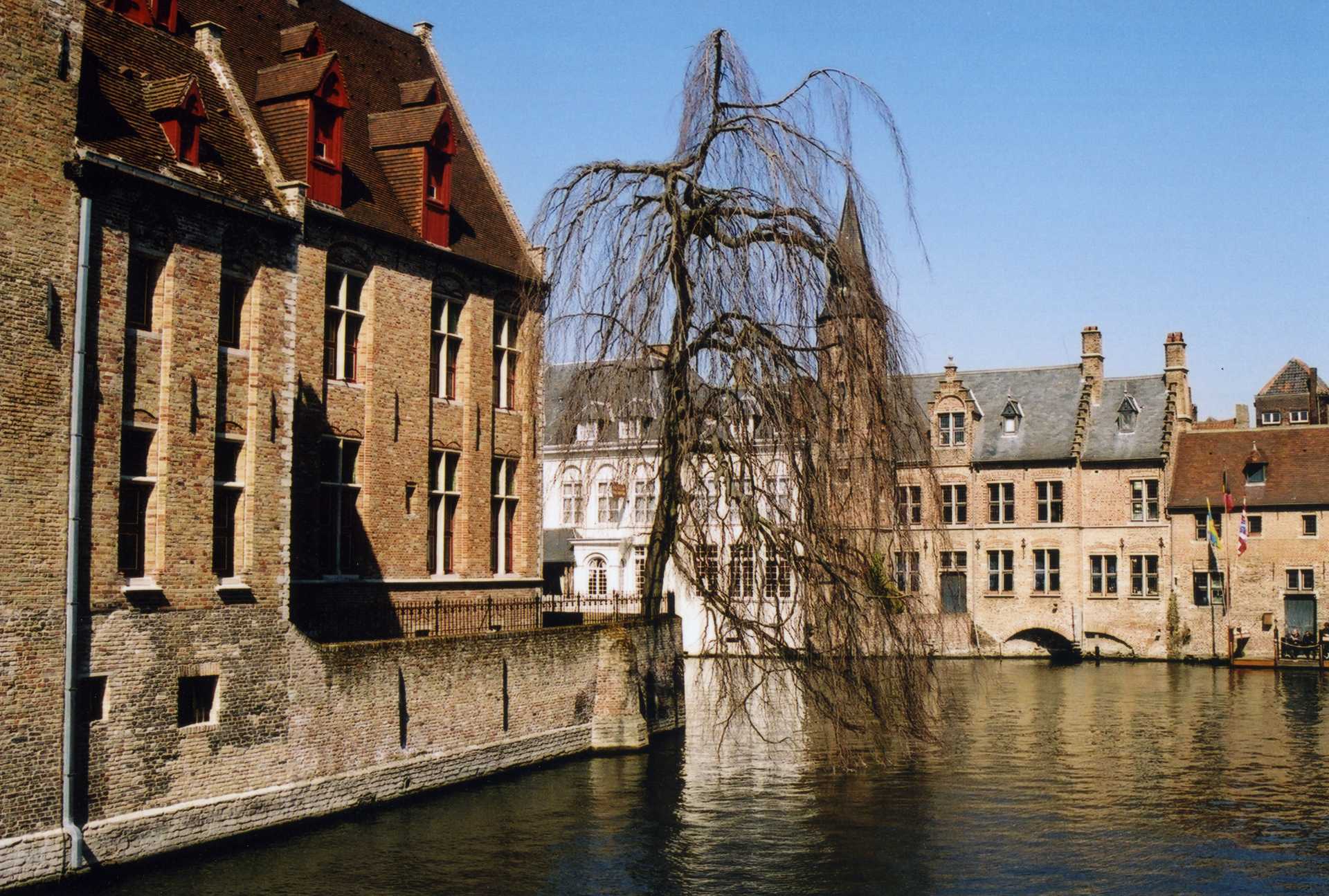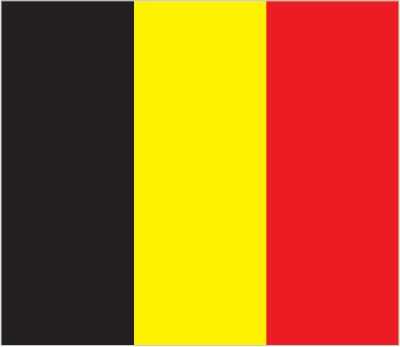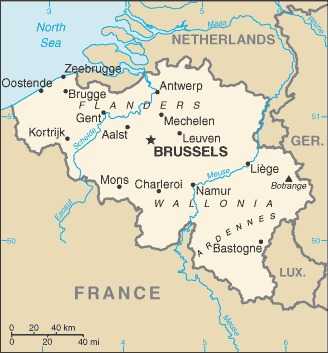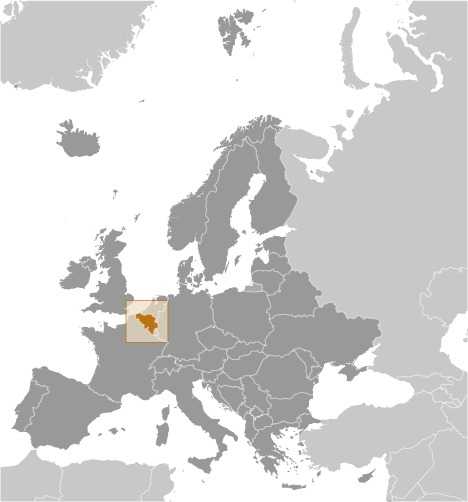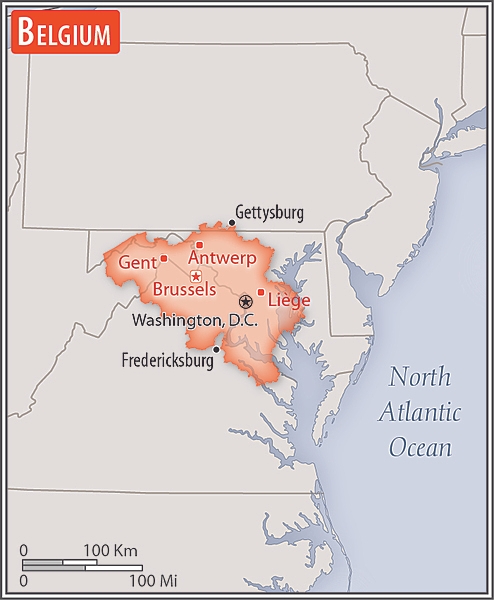Introduction
Visit the Definitions and Notes page to view a description of each topic.
Geography
People and Society
Population
comparison rankings: total 82; male 83; female 82
Median age
comparison ranking: total 47
Population growth rate
comparison ranking: 148
Birth rate
comparison ranking: 169
Death rate
comparison ranking: 46
Net migration rate
comparison ranking: 27
Maternal mortality ratio
comparison ranking: 177
Infant mortality rate
comparison ranking: total 205
Life expectancy at birth
comparison ranking: total population 30
Total fertility rate
comparison ranking: 145
Obesity - adult prevalence rate
comparison ranking: 82
Alcohol consumption per capita
comparison ranking: total 34
Tobacco use
comparison ranking: total 41
Children under the age of 5 years underweight
comparison ranking: 126
Education expenditure
comparison ranking: Education expenditure (% GDP) 26
Environment
Carbon dioxide emissions
comparison ranking: total emissions 39
Government
Economy
Real GDP (purchasing power parity)
comparison ranking: 36
Real GDP growth rate
comparison ranking: 178
Real GDP per capita
comparison ranking: 27
Inflation rate (consumer prices)
comparison ranking: 97
GDP - composition, by sector of origin
comparison rankings: agriculture 179; industry 148; services 30
Industrial production growth rate
comparison ranking: 143
Labor force
comparison ranking: 81
Unemployment rate
comparison ranking: 102
Youth unemployment rate (ages 15-24)
comparison ranking: total 67
Gini Index coefficient - distribution of family income
comparison ranking: 139
Public debt
comparison ranking: 28
Taxes and other revenues
comparison ranking: 32
Current account balance
comparison ranking: 175
Reserves of foreign exchange and gold
comparison ranking: 50
Energy
Electricity
comparison rankings: installed generating capacity 39; consumption 43; exports 16; imports 14; transmission/distribution losses 142
Energy consumption per capita
comparison ranking: 19
Communications
Telephones - fixed lines
comparison ranking: total subscriptions 42
Telephones - mobile cellular
comparison ranking: total subscriptions 83
Broadband - fixed subscriptions
comparison ranking: total 35
Transportation
Merchant marine
comparison ranking: total 68
